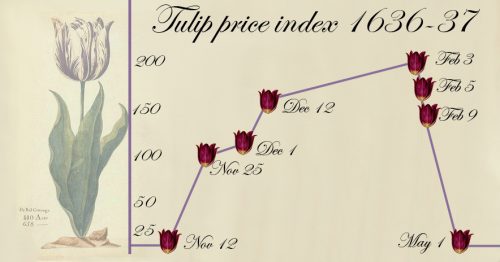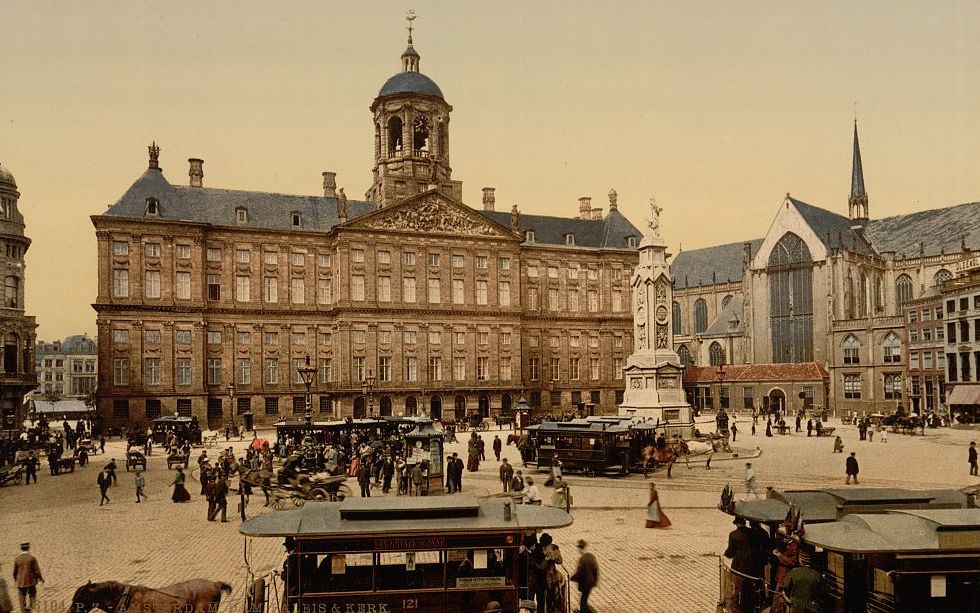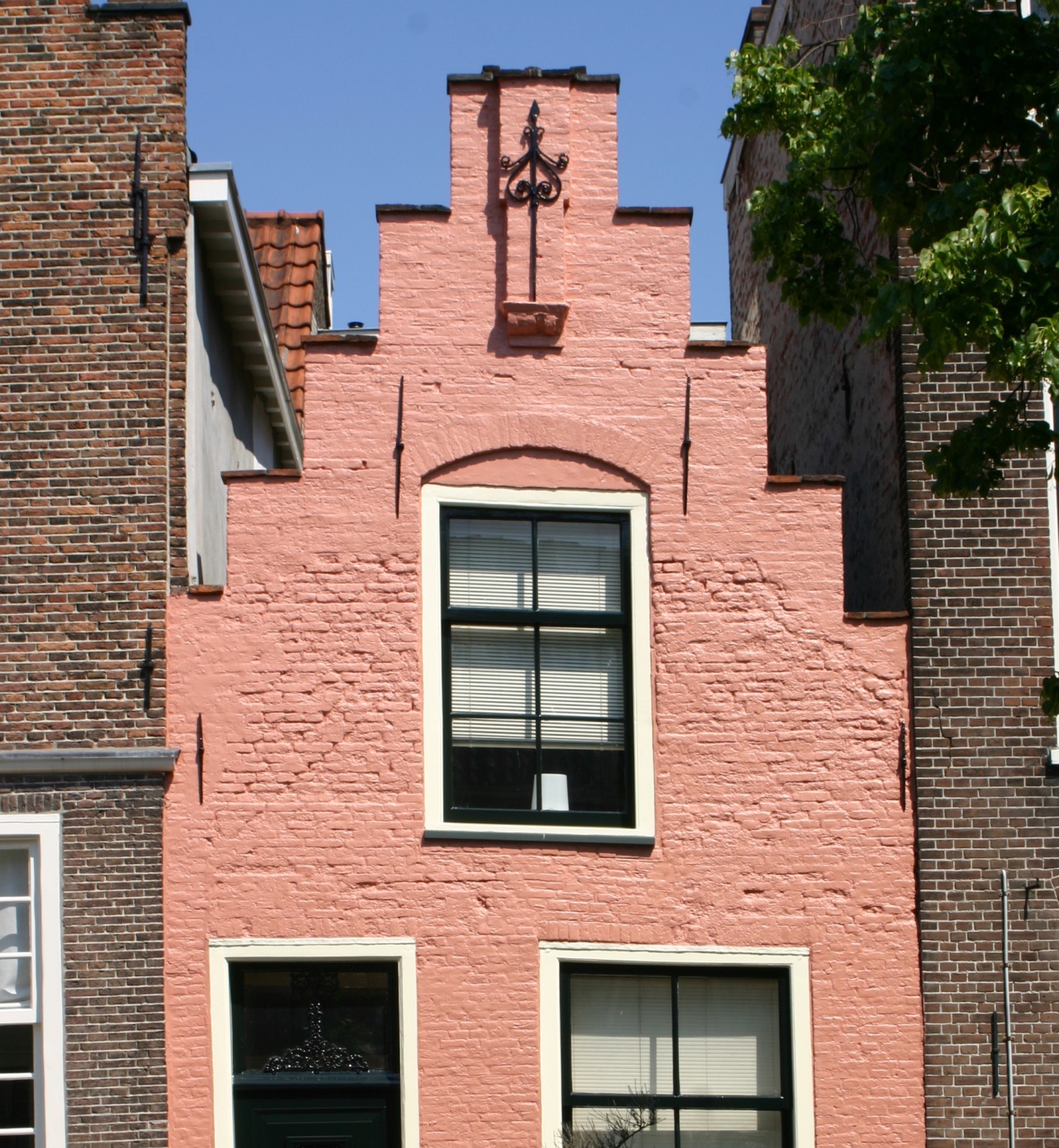Everyone knows that the Dutch love tulips, but did you know that the Dutch Tulip Mania of the 1600s almost bankrupted their entire country? That’s right; this colorful flower almost cost the Dutch their national economy. Let’s take a look at what happened and why.
The Beginning of the Bubble
In 1634, tulips were being sold for several hundred guilders (the currency used in the Netherlands during this time period) each. At first, these prices were driven by wealthy buyers who wanted to own something rare and beautiful. But then, everyone started to jump on board – merchants, farmers, everyday people – everyone wanted to get in on the tulip craze! Prices skyrocketed as more and more people began buying and selling tulips. At one point, a single bulb was sold for 10 times the annual income of a skilled craftsman!

The Bursting of the Bubble
Unfortunately (or fortunately), it couldn’t last forever. In February 1637, prices suddenly plummeted as people began to realize that they weren’t going to make any money off of these flowers. As quickly as it had begun, The Tulip Mania was over. People who had invested their life savings into tulips were now left with nothing but worthless bulbs. Many went bankrupt overnight while others faced financial ruin for years afterwards. It was a harsh lesson in economics – never invest more than you can afford to lose!
The Legacy of The Tulip Mania
Today, The Tulip Mania lives on as a cautionary tale about investment bubbles and how greed can quickly lead to disaster. While some may argue that it’s an extreme example due to its sheer magnitude and scale, there is no denying that it is still relevant today – just look at what happened with Bitcoin in 2017! So remember – invest wisely and always be prepared for a market crash!
The Dutch Tulip Mania was an extraordinary event in history where greed overcame reason and drove people to invest large sums of money into something that ultimately had no value whatsoever. But despite its tragic ending, there is still something beautiful about this story; after all these years, we can still look back at this event with wonder and awe at how such an unlikely thing became so popular so quickly – even if it only lasted for a few short months! And although it caused serious financial losses for many people at the time, it also helped make the Netherlands one of Europe’s premier producers of flowers and spurred advances in botany research.










